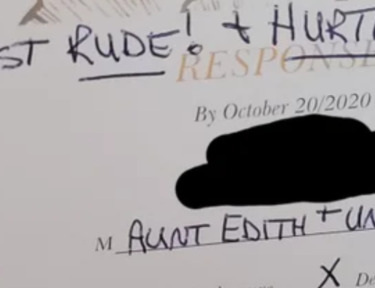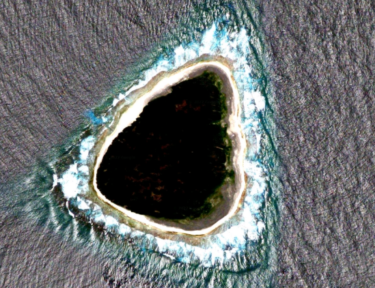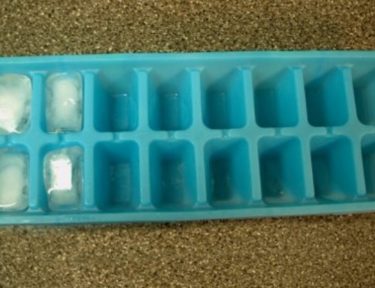Here’s How to Get the Best View of the Leonid Meteor Shower That’s Happening This Weekend
The kid in you may very well want to make a wish when the Leonid meteor showers arrive this weekend. You can watch a lovely downpour of shooting stars when they peak on Saturday night.
Every year around this time, sky watchers can get a glimpse of the Leonids as they move to the tune of about 15 meteors per hour. This Saturday evening – November 17 – into Sunday, the moon will be waxing so its light may compete a little bit with the meteors.
The best places to watch? Right here in the Northern Hemisphere. The western part of the U.S. and parts of the South (like Georgia and The Carolinas) will have some of the nicer views, but you really need to step outside into the November air for a chance to see this wonder.
NASA advises viewers to look for the meteors right around midnight and up until dawn. Allow yourself to gaze straight up into the sky until your eyes get comfortable in the darkness. They also suggest dressing for the November weather, and if you can, with gear that will allow you to sit or lie down patiently.
Straight from the space experts:
“The Leonids are best seen after midnight your local time, once the Moon has set. You should also be able to see some Leonids on the 18th, 19th and 20th. The maximum for any of these nights is only 10 Leonids per hour.”
Although the Leonids get their name from the constellation of Leo, it is really a misnomer. It only looks like they are springing from that group of stars, when in fact, they are remnants of a comet. Where they really come from are the 55P/Tempel-Tuttle comet.
This comet orbits around the sun roughly every 33 years, and the dust left from the passing comet strikes the Earth’s atmosphere, creating meteors as parts of it crumble. How cool is that?
In contrast, a meteor storm is much more intense than a shower, and you’ll see a minimum of 1,000 meteors per hour. It is said to look like starry rain. That last Leonid storm was recorded in 2002.
These meteors are recognized as being some of the brightest and fastest among the various groups. While it may seem like the best point in the sky to catch these is right at the Leo constellation, our friends at NASA say that it is actually better to look away from the “radiant.”
That means look elsewhere in the sky to really experience this spectacular sight. Weather-permitting, you will have the chance to take them in and possibly make a wish.
Our suggestion? Keep an eye on the weather report for your area and make sure to bundle up if it’s cold and have come hot chocolate on deck. If the explorer in you wants to go the extra mile, a pair of binoculars and a camera will also come in handy!
Does this sound like a plan for your Saturday night? Have you ever watched the Leonids? Are you inspired to track these and other meteor showers?
Sources:




